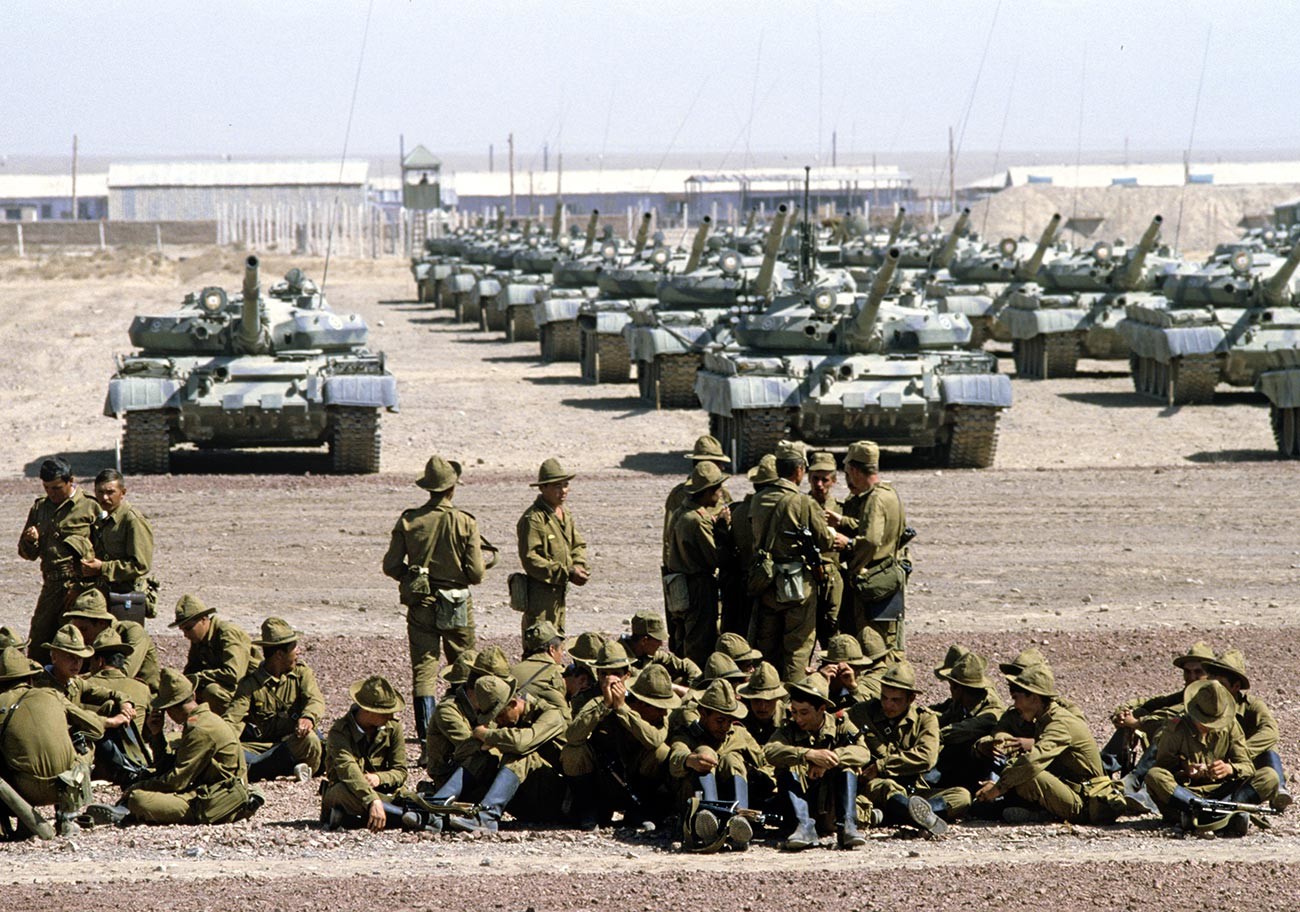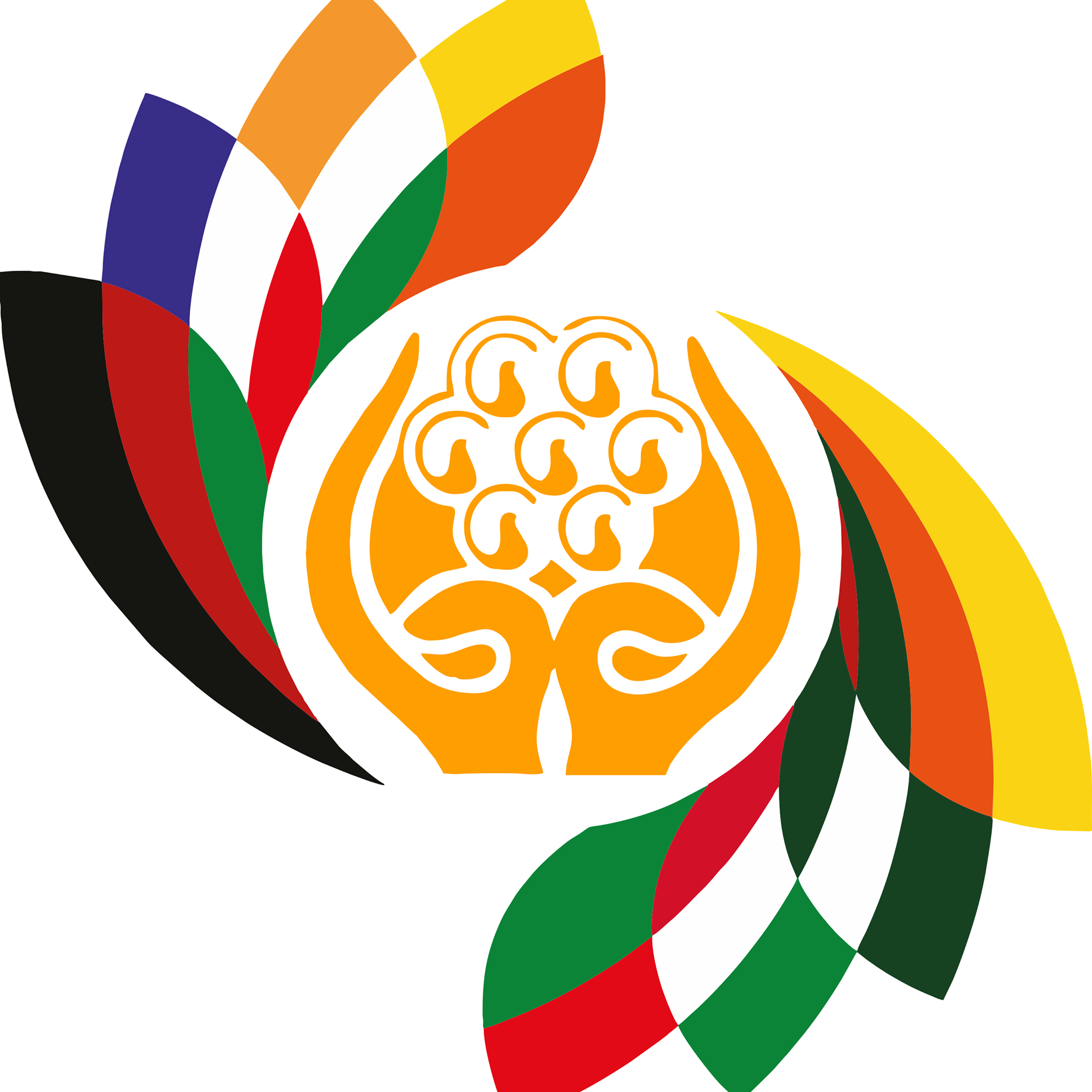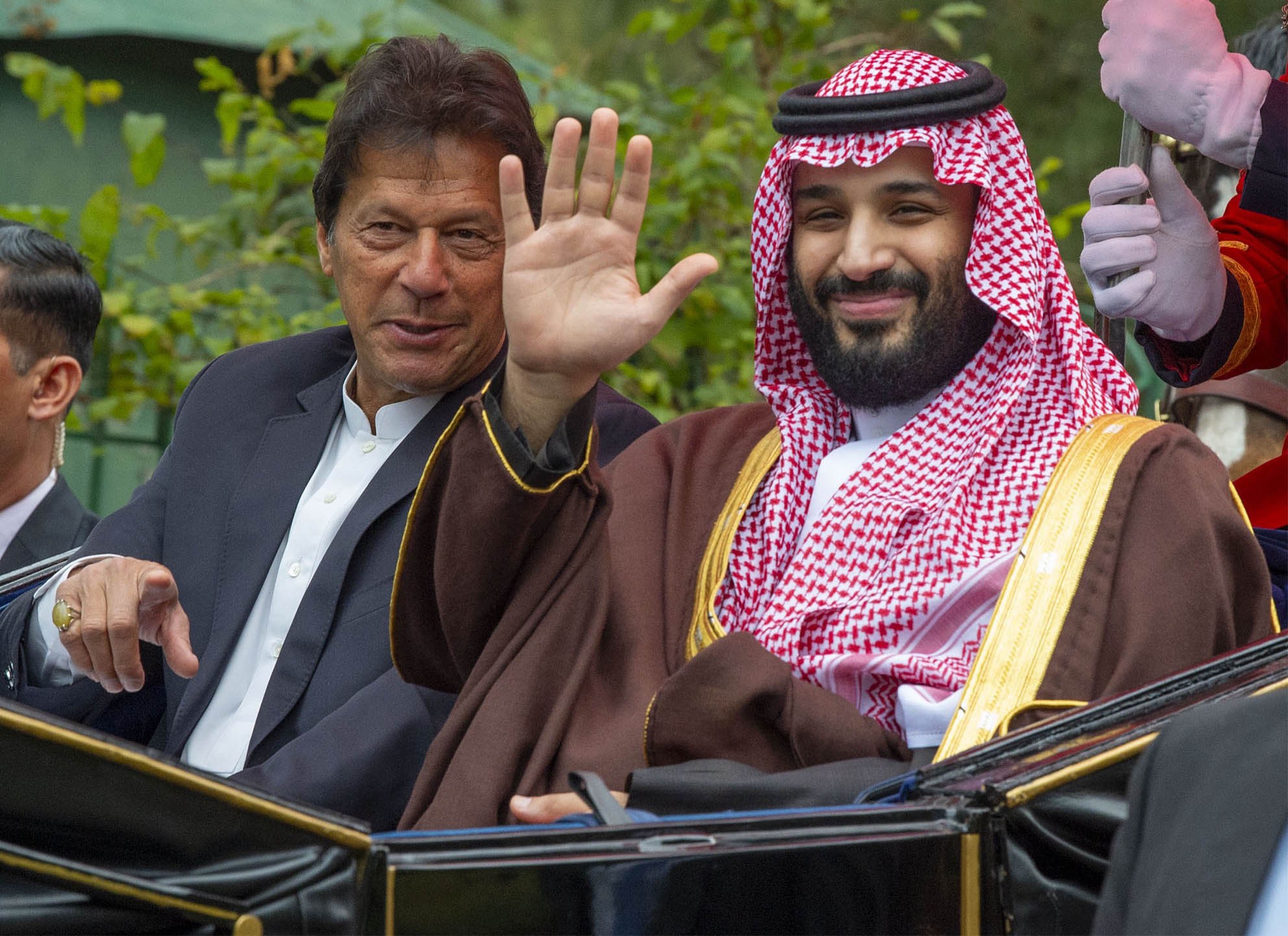For every nation the subject of Foreign Policy is challenging and sometimes risky when it comes to addressing interstate relations and playing around in the very thin area of maneuvering. In that context, table diplomacy is the effective art for avoiding wars and conflicts and this is accomplished by negotiation or bargaining tactics. Usually, each group in a negotiation will ask for more than they expect to get, they then compromise, or give up some of what they want, in order to come to an agreement. The reason why diplomacy in typical foreign policy arena is a tough business is because world powers usually have the luxury to enjoy playing in the broader area of maneuvering because they have many more tools and means to enforce their terms as compared to moderate and weak nations. It is absolutely challenging to get more even in negotiations in the presence of a vocal and aggressive power since power tools play a greater role in determining the fate of negotiations. Pakistan, in spite of having a powerful military structure and being added in the nuclear club decades ago, still faces enormous challenges when it comes to playing around within the foreign policy domain. The challenges are not only at the regional and internal level but also heavily global in nature.
Challenges from Gulf States
Pakistan’s strategic location and its predominant religious affinity have made it a natural ally of the neighboring Gulf States. Amongst these Gulf Cooperation Council countries (GCC), Saudi Arabia and UAE traditionally maintained the closest of relations with Pakistan in all spheres of interest other than what happened lately as an aftermath of Pakistan’s refusal to get involved in the Yemen war. In terms of strategic ties, Pakistan acts as a strategic balancer in Iranian context and Gulf States used to look towards Pakistan in order to maintain Iranian hegemony up to a limit.

Pakistan’s Parliament unanimously passed a Resolution on April 10, 2015 declaring that the country would remain “neutral” in the Yemen conflict, signifying a sharp break between these long-time partners. Pakistan’s decision not to join the Saudi-led intervention in Yemen signaled initially a stunning step and a serious cooling in relations between Islamabad and Arab States emerged. The only dignified way of moving forward was to abide by the parliamentary resolution that restricted policy makers to be a party during the ongoing problem amongst the Arab-Iran rivalry rather should play a mediatory role to resolve the conflict. Hence Pakistan’s role as a strategic balancer in Saudi-Iranian context is an important factor that is prohibiting both rivals from going for an open war-like situation. This is a persisting and delicate challenge for our policy makers that has to be dealt with in accordance with parliamentary resolutions. Having said that, recent diplomatic strain with UAE and Saudi Arabia is basically derived from the Yemen war context and in this regard, both Gulf allies decided to use the Indian Card, trying to put Pakistan under pressure and demanding full repayment of the foreign debts. But Joe Biden’s policies seem not aligning with Gulf countries as they were hoping from Trump, so the diplomacy field for these Gulf states are not wide enough and it appears as if they are again tilting back towards Pakistan.
Challenges from Traditional Rival India
For every sitting government in Islamabad, relation with India is a constant and persistent challenge. India’s noncooperation for the Kashmir resolution and its hegemonic mindset about further westward expansion, thus using Afghanistan as base camp and forming infrastructure for anti-Pakistan activities, have made it almost impossible for any peaceful relations between these two countries. The episode of Kulbhushan Jhadav and his terror network elaborated clearly how much India is interested in destabilizing Pakistan and that no seriousness was shown for dialogues specially under the Modi regime. Indian ambitions to bypass Pakistan by reaching out to Iran and Afghanistan through Chabahar is another domain where diplomacy is ultimately failing since India is not ready to accept CPEC which is passing through the Gilgit-Baltistan area which India considers as ‘disputed’ territory. Even though if the Indians somehow realize the positive impact of CPEC for Indian economy, the aggressive class in Indian establishment will never allow it to happen. Moreover, due to ongoing war in Afghanistan and presence of anti-Pakistan government in Kabul, which is more inclined towards India, many officials of current Afghan government have personal relations with New Delhi, especially with Indian intelligence agencies. Indian set up its Consulates in major cities in Afghanistan along with intelligence network near Pakistani border. India has been awarded major economic and defence related projects from the current Afghan government and is involved in rebuilding and restructuring the entire network of highways throughout the country. The Government of Afghanistan is fully supporting the Indians to set up a foothold in the country so that Pakistan would never be able to get strategic access again in Afghanistan. However, having said that, the recent developments with the Taliban and dialogue mediated by Russia recently in Moscow regarding the future of Afghanistan may turn the tables around and the situation might not be favorable for India. The brutalities in Kashmir and anti-Pakistan activities and polices by the Modi regime demand that Pakistan adopt gun boat policy as far as diplomacy with India is concerned. However, the doors for negotiations should always be open but tone of aggressive diplomacy should be clearly visible from Islamabad. The main economic plus point India sells to the Middle East is cheap labor and cheap products. Indians assure the ME leadership about their total submission and readiness to work even at very economical or cheap labor prices. Also, they play around the rivalries among the two countries to fulfill their objective, the Israel-Arab conflict is an example in this case. This policy and approach may get the Indians some economical advantage, but this is not a strategic advantage by all means. There are certain gaps that Pakistan must fill as a counter diplomatic strategy, and if Pakistan doesn’t do aggressive diplomacy, obviously Indian will get an edge here.
Challenges from Afghanistan
Pakistan and Afghanistan are close neighbors with predominant Muslim populations along with joint historic cultural linkages; however, relations between the two were never pleasant since day one when the British sub-continent was dived into two independent states, India and Pakistan. Analyzing demographically, southern and eastern Afghanistan is predominately Pashto-speaking, like the adjacent Khyber-Pakhtunkhwa, Federally Administered Tribal Areas, and northern Balochistan regions in Pakistan. This entire area is inhabited by the indigenous Pashtuns who belong to different Pashtun tribes. Relations between the two countries have been subject to various complexities over the decades by issues related to the Durand Line, the 1979 soviet invasion, the present war resulted after 9/11, Afghan refugees, Taliban insurgency and border skirmishes including the growing relations of India and Afghanistan. However, the two countries are working together to find solutions to these problems. This includes possible intelligence sharing as well as further enhancing two-way trade and abolishment of visas for diplomats from the two nations. The Durand line issue is the long-lasting issue since the creation of Pakistan and none of the Afghan regimes was even willing to resolve it, rather all kinds of propaganda tactics were used in the past like Pashtun unity and territory claims inside Pakistan. Shortly after Pakistan gained independence in 1947, Afghanistan crafted a two-fold strategy to destabilize the frontier regions of Pakistan, in an attempt to take advantage of Pakistan’s post-independence instability. It strongly aligned itself with Pakistan’s rival, India, and also the USSR, which later invaded Afghanistan in 1979. Relations between Afghanistan and Pakistan began deteriorating in the 1970s after Pakistan supported rebels such as Gulbuddin Hekmatyar, Ahmad Shah Massoud, the Haqqanis, and others against the governments of Afghanistan. In April 1978, Afghan President Daoud Khan was assassinated in Kabul during the Saur Revolution. This was followed by the execution of deposed Pakistani Prime Minister Zulfikar Ali Bhutto in April 1979 in Pakistan and the assassination of Afghan President Nur Muhammad Taraki in September 1979. After the Soviet invasion of Afghanistan in December 1979, the United States joined Pakistan to counter Soviet influence with help from Pakistan’s premier intelligence agency, ISI and advanced its own interests in the region. In turn, Afghan, Indian and Soviet intelligence agencies played their role by supporting al-Zulfikar a Pakistani leftist group responsible for the March 1981 hijacking of a PIA plane. During the 1980s, the Durand Line was heavily used by Afghan refugees fleeing the Soviet occupation in Afghanistan, including a large number of Mujahideen insurgent groups who crossed back and forth. The mujahideen included not only locals but also Arabs and others from over 40 different Islamic nations. Many of these foreign fighters married local women and decided to stay in Pakistan, among them were radical Muslims from groups such as Egyptian Muslim Brotherhood as well as prisoners from Arab countries.
After the Soviet withdrawal from Afghanistan in 1989 and the collapse of the USSR, the country was engaged in internal civil war for a few years and witnessed power struggle between various Mujahideen groups. Pakistan Embassy in Kabul also came under attack and was burnt with the Ambassador badly injured as a result of Afghan groups attacking the Embassy during that lawlessness period. Around September 1994, the Taliban movement captured the Afghan city of Kandahar and began its long conquest with Pakistan’s political support. The Taliban claimed that they wanted to clean Afghanistan from the warlords and criminals. In late 1996, the Islamic Emirate of Afghanistan emerged and established close relations with neighboring Pakistan. However, relations began to decline when the Taliban refused to endorse the Durand Line despite pressure from Islamabad, arguing that there shall be no borders among Muslims. When the Islamic Emirate of Afghanistan was toppled, and the new Afghan government was formed, President Hamid Karzai began repeating the previous Taliban statement. The only way forward was to establish an effective border management system like “an organized fencing” necessary to control and regulate law and order situation in Pakistan since it was established that terrorists entered Pakistan from Afghan border crossings. Lot of steps have been taken by Pakistan, like building gates on the border to regulate visa entries and building wall/fence across the western border which is still under way. This is very important and will create an image and sense of realization amongst Afghans that Pakistan is as tough to enter without proper visa as any other country in the world. With strong and organized fencing, the Durand line issue will hopefully come to an end in practical terms. Establishing good relations with the Afghan nation is always a positive gesture and all necessary steps need to be taken to fulfill that goal.

SAARC Bloc Reactivation
SAARC is currently under Indian influence with Bangladesh and Afghanistan heavily backing up the Modi regime. Pakistan has got many levers to maneuver the diplomatic chess as far as SAARC is concerned. The idea by Pakistan to add China in SAARC is a positive development since Pakistan will have significant diplomatic strength and countries like Sri Lanka, Nepal and Maldives will also feel depressurized in view of Indian hegemony. Moreover, due to China’s strong economic ties with Bangladesh and Afghanistan, India will not be able to mold these two countries against Pakistan. So, the future of SAARC with addition of China would boost the strategic importance of this regional bloc. SAARC can become an important contributor to the One Belt One Road (OBOR) project if Indian hegemony dream can be kept aside or to a limit and if somehow India understands the economic worth of CPEC and join this corridor. There is a chance this time that India might agree to conduct SAARC session in Islamabad due to huge pressure from China since India is not getting 5G technological edge which China can extend to Pakistan. This may be the reason why India is involving UAE for mediation with Pakistan recently.
Relations with NATO & SCO
Pakistan’s foreign policy is always influenced by western oriented thinking with strong interaction with NATO. Many historical examples can be given such as the Soviet intervention in Afghanistan. But 9/11 and consequent events compelled Pakistan to rethink its global engagement as far as dealing with big powers is concerned. The opportunity came through its Gwadar Port and CPEC that opened the doors for another power axis, that is China and Russia. Moreover, Pakistan becoming a full SCO member recently gives clear indication in western bloc that Islamabad is responding to strategic paradigm shift due to consequences of the War on Terror and unilateral expansionism. This prestigious club, SCO, was formed by China, Russia and CA states, objective was to counter NATO influence and economic cooperation. Later on, it was extended to Pakistan and India in 2017 while Iran and Afghanistan have status of observers. This club has been seen as the potential center for regional geopolitics as well as economic wellbeing under OBOR. Pakistan has the key status due to flag ship CPEC project. This bloc has huge potential to extend CPEC scope to CA states, Caucasus and deep into Russia. If Iran is added, it could involve Caspian potential. The challenge is to benefit from such a power bloc into our economic wellbeing and strategic gains. The challenge here is how to maintain fair relations with NATO countries, especially the United States. A successful caliber in foreign policy terms is to keep relations with both blocs with having predominant tilt towards the region. NATO and western countries have less economic stake in Pakistan rather than expansionism. On the other hand, China is there with a full economic agenda. The best practice would be to use the pros and cons of both rival blocs and use them in the interests of Pakistan. Also keep in mind that fair practices and stand on principles will be the ultimate strength in the diplomacy world.
Concluding Remarks
As it is obvious in the current geopolitical landscape that a strong economic model provides the fundamental strength for the foreign policy domain. Pakistan has many levers to play around for an effective economic model like military hardware development, tourism, CPEC passage, tax and infrastructure, agriculture exports, sports-based sector and development of skilled manpower. All these can be well managed and certainly will give positive results if educated and honest leadership emerges at all levels amongst our society. Pakistan can also share its experiences & lessons learnt from the war against terrorism and it can be a good image-building tool for Pakistan. The fundamental point here is Pakistan cannot build a successful economic model unless developments in the human sector like education and health take place. Basic health and education are the key for building a healthy society that eventually will help building a strong economy. An educated and healthy society will contribute towards building all spheres of economic domains that can be raised up for economic model development. Another area that may be developed is regional connectivity. CPEC is just one example. Another example is Turkey-Iran-Pakistan economic corridor (TIPEC). There is already a highway between Pakistan, Iran and Turkey, the RCD Highway. If this RCD highway some how could be upgraded, then another corridor could be made that could connect the Caucasus countries from Caspian Sea to CPEC highways. This will be an additional revenue generation project for Pakistan having unique diplomatic and financial benefits. This TIPEC corridor will additionally connect most of the SCO member countries with further linkage to CPEC and Gwadar port, all the way up to Western China. The bottom line is Pakistan must adopt principles mentioned above along with evolving honest and courageous leadership, aggressive diplomatic approach and giving up apologetic diplomacy gesture, and finally demonstration of military power being a strong nuclear nation whenever time and opportunity arrives, and geopolitical situation requires.




